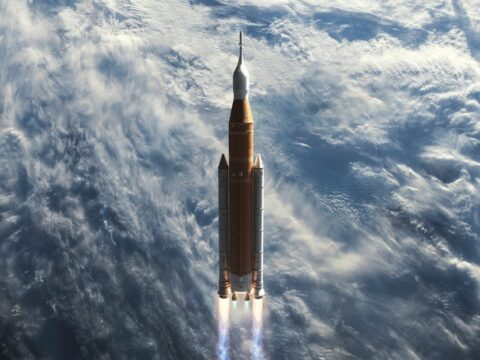Modern spacecraft are marvels of technology, relying on a suite of advanced systems to explore the final frontier. From propulsion and navigation to life support and communication, these technologies enable spacecraft to operate efficiently and safely in the harsh environment of space. In this article, we’ll explore 12 essential technologies that play a crucial role in the success of modern space missions.
Contents
Advanced Propulsion Systems
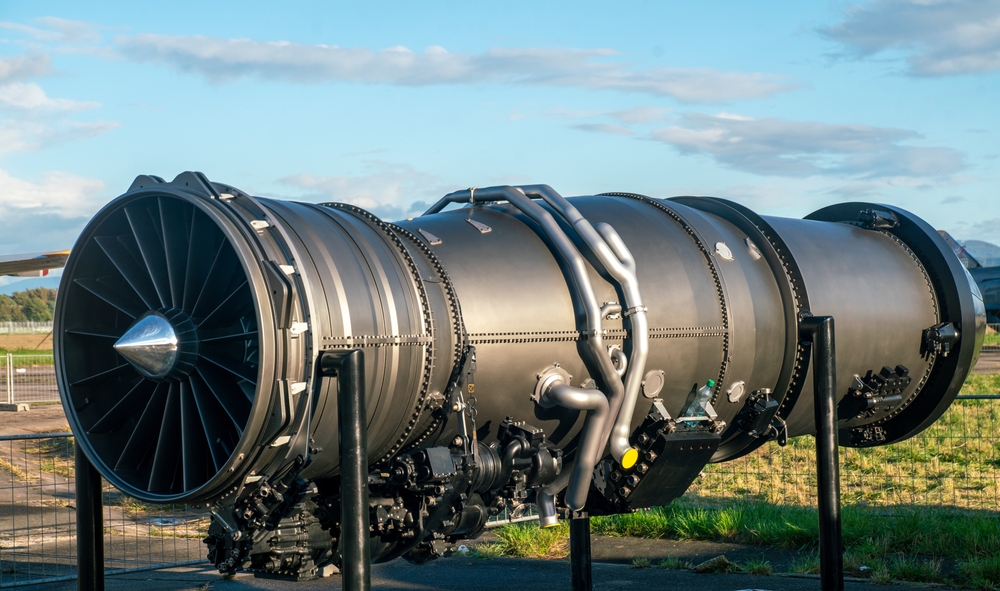
Advanced propulsion systems, including ion thrusters and nuclear thermal propulsion, enable spacecraft to traverse greater distances and reach higher speeds. These systems consume significantly less fuel compared to traditional chemical rockets, making long-duration missions more viable. For instance, ion thrusters can operate continuously for years, providing a slow but steady acceleration.
Autonomous Navigation
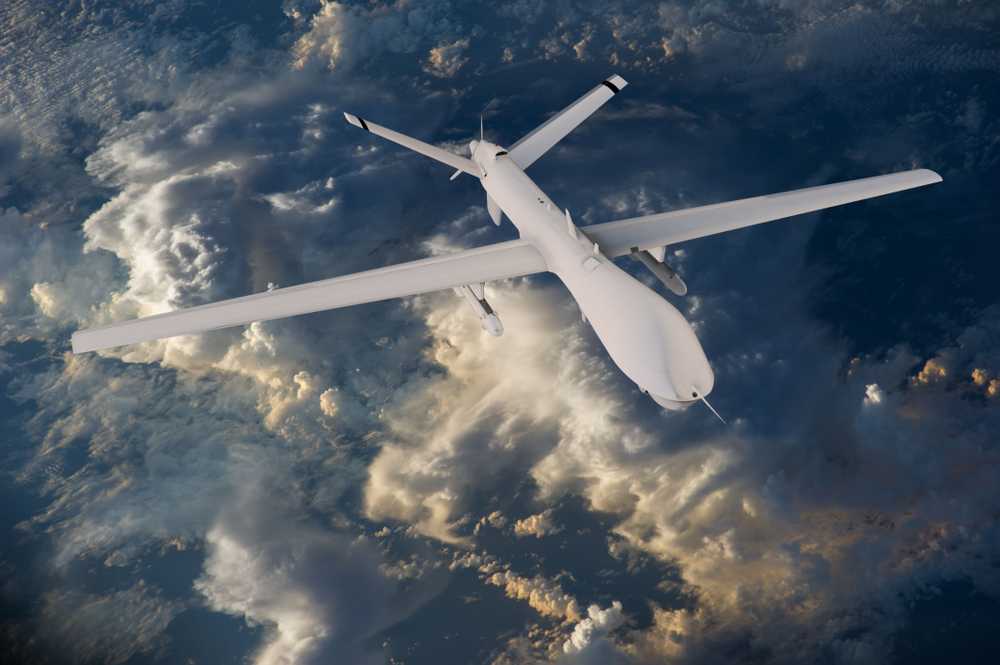
Autonomous navigation systems empower spacecraft to navigate and make critical decisions without constant input from ground control. These systems utilize artificial intelligence and machine learning to plot trajectories, avoid obstacles, and execute complex maneuvers. Communication delays with Earth can be significant in deep space, making autonomous navigation essential for mission safety and efficiency.
Advanced Robotics
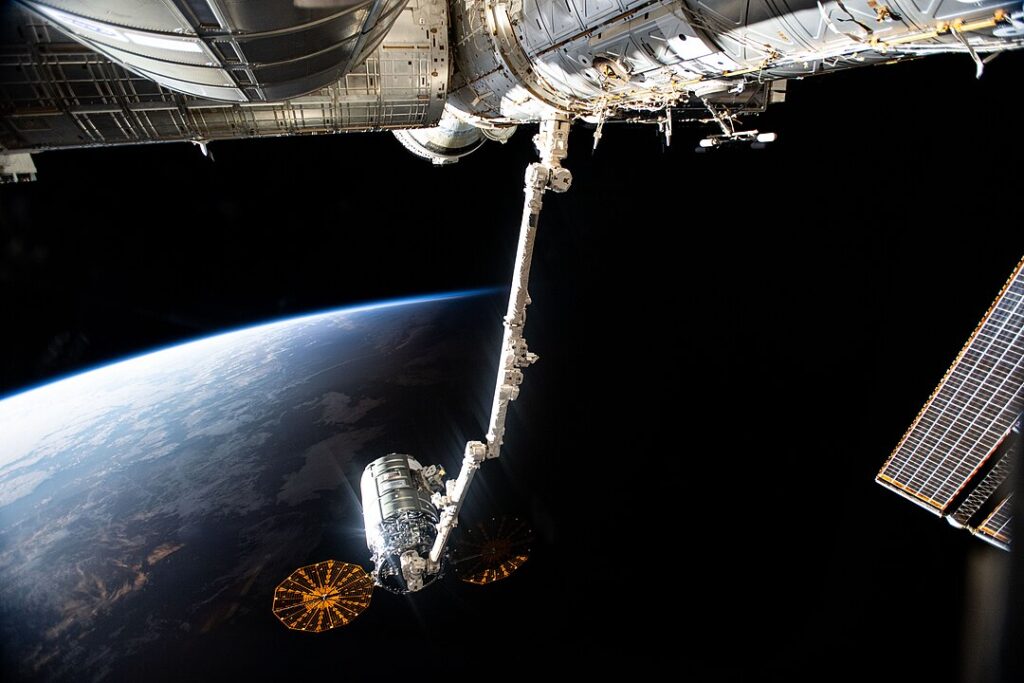
Advanced robotics are pivotal in modern space missions, ranging from planetary exploration to satellite servicing. Robots equipped with sophisticated sensors and tools can undertake tasks deemed too perilous or intricate for human astronauts. For example, Mars rovers like Curiosity and Perseverance conduct scientific experiments and gather invaluable data autonomously. These robotic systems extend our exploration capabilities and support maintenance in space.
Radiation Shielding
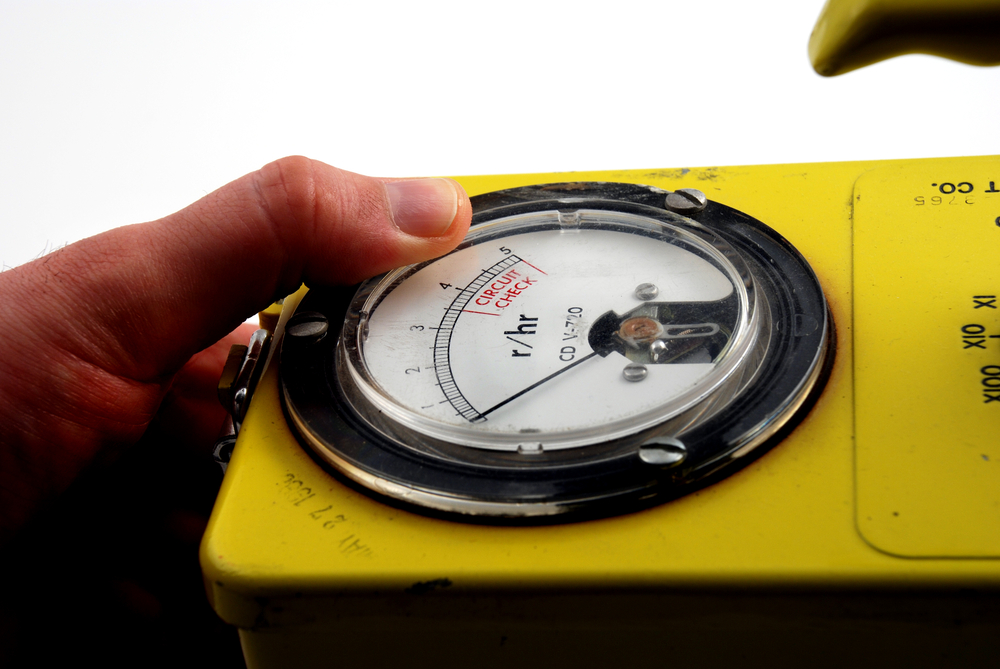
Radiation shielding technologies safeguard astronauts and sensitive equipment from harmful cosmic radiation. Materials such as polyethylene and water, along with innovative designs like magnetic shields, are employed to mitigate radiation exposure. Effective shielding is crucial for long-duration missions beyond Earth’s protective magnetosphere. This technology ensures the health and safety of crew members on journeys to Mars and beyond.
Life Support Systems

Life support systems maintain a habitable environment within spacecraft. These systems manage air, water, and temperature, and remove carbon dioxide and other contaminants. Advanced life support systems are capable of recycling air and water, which reduces the need for frequent resupply missions. Such technologies are vital for sustaining human life during extended space missions.
High-Efficiency Solar Panels
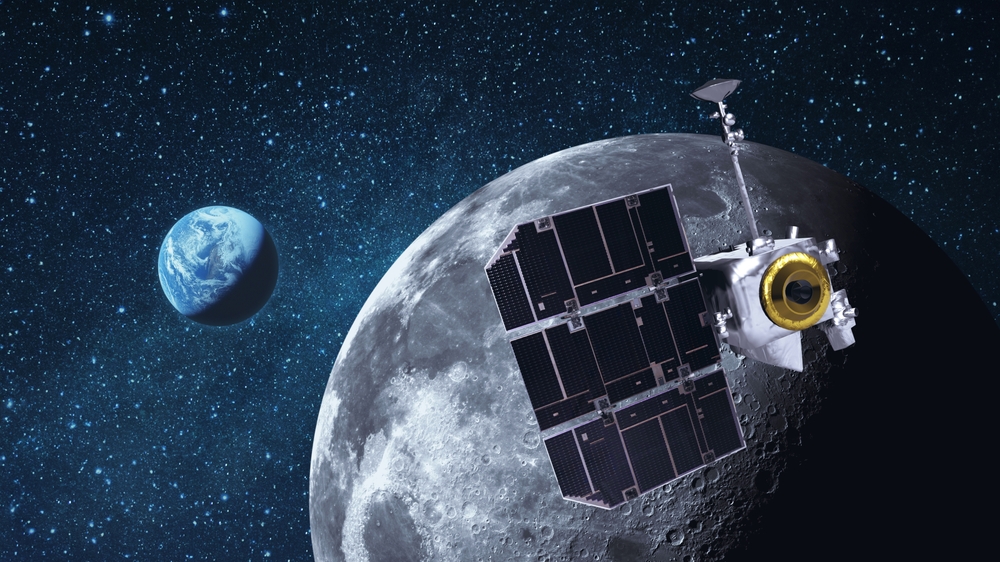
High-efficiency solar panels convert sunlight into electricity to power spacecraft systems. Advances in photovoltaic technology have increased the efficiency and durability of these solar cells, ensuring reliable power in the harsh environment of space. These panels are lightweight and can be deployed in large arrays. Such technology is crucial for missions relying on renewable energy.
3D Printing

3D printing technology allows for the on-demand production of tools, parts, and even habitat structures in space. This capability reduces the need to transport extensive spare parts and supplies from Earth, saving weight and cost. Moreover, 3D printing can use local materials, like lunar regolith, to create building components. This technology is essential for constructing and maintaining space habitats and infrastructure.
Miniaturized Electronics
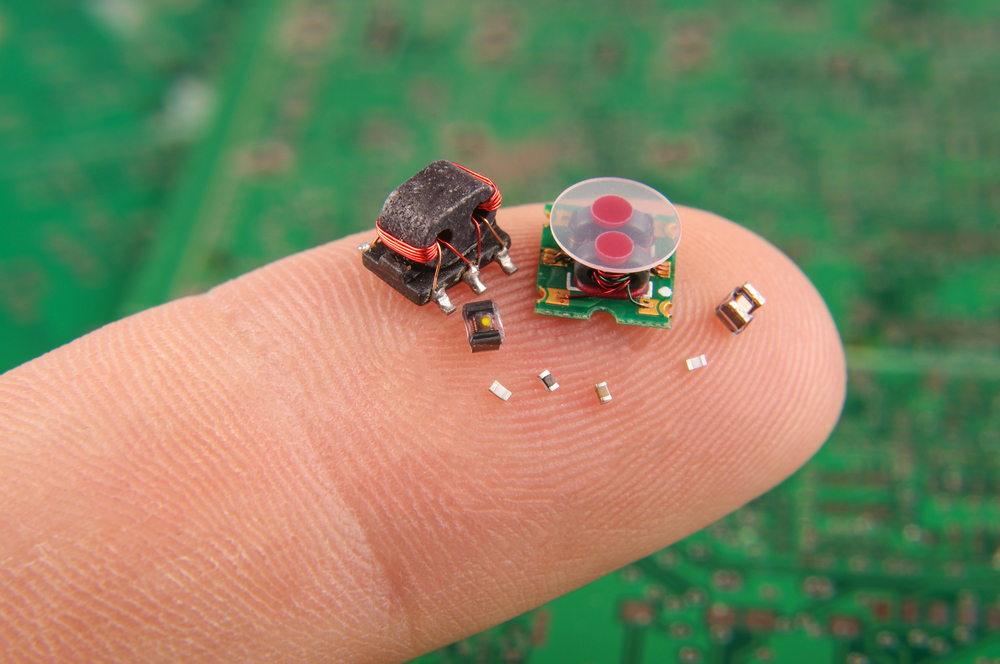
Miniaturized electronics enable the development of smaller, lighter, and more power-efficient spacecraft. Advances in microelectronics have led to the creation of compact systems capable of performing complex functions. These small-scale electronics are employed in satellites, probes, and cubesats. This technology allows for cost-effective space missions and the deployment of large constellations of small satellites.
Reusable Launch Systems
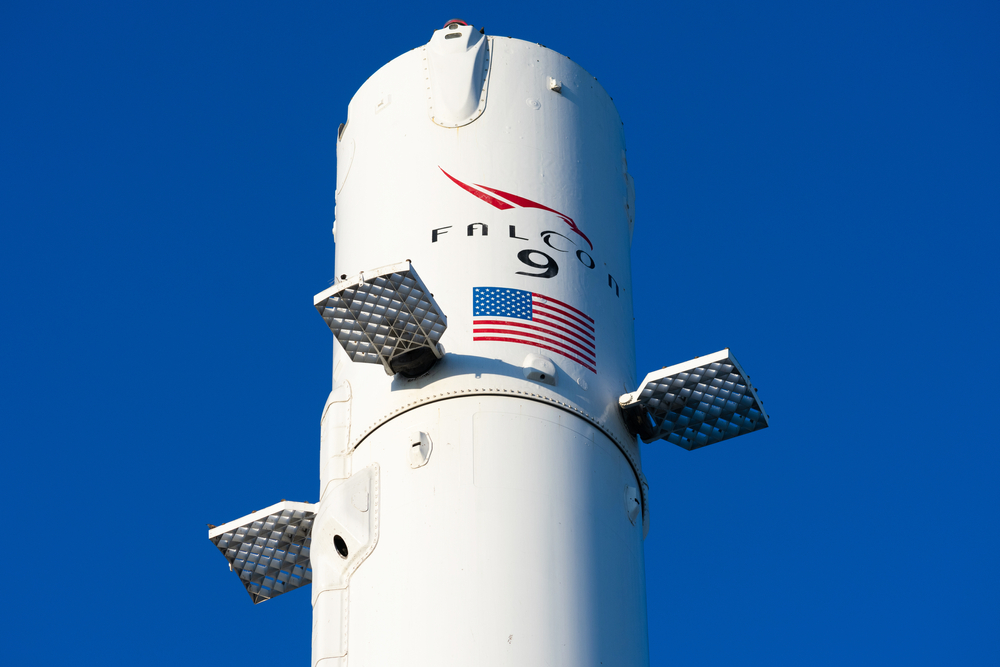
Reusable launch systems, exemplified by SpaceX’s Falcon 9, significantly reduce the cost of accessing space. These systems can be launched, landed, and refurbished for multiple missions, enhancing the frequency and reliability of space launches. Reusability makes space travel more economical and sustainable. This technology is revolutionizing the space industry.
High-Resolution Imaging
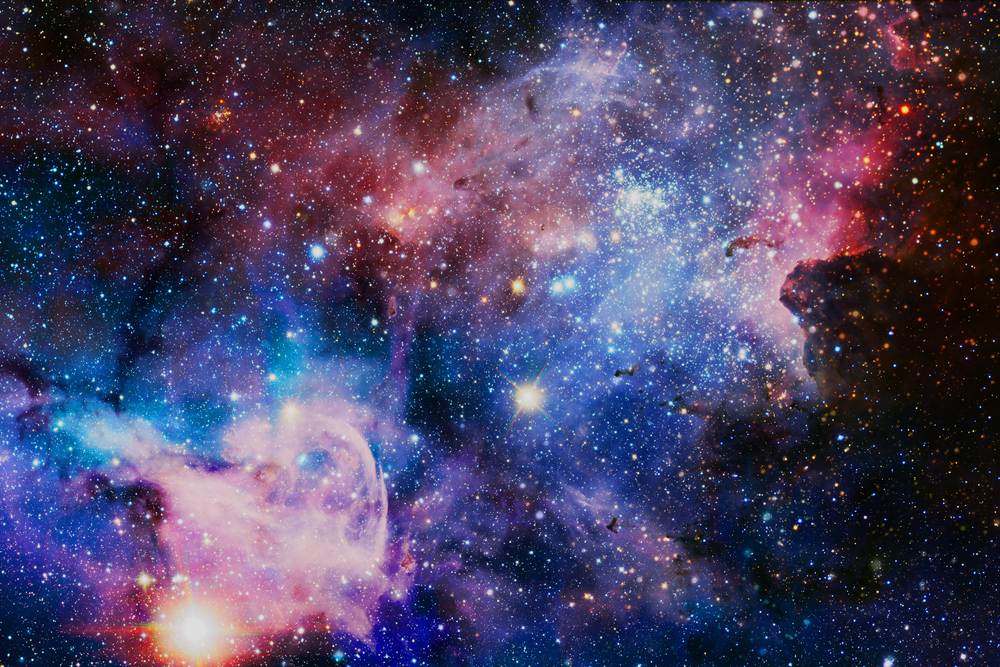
High-resolution imaging systems capture detailed images of celestial bodies and other phenomena in space. These systems use advanced optics and sensors to achieve high levels of clarity and precision. High-resolution images are indispensable for scientific research, navigation, and mission planning. This technology enhances our understanding of the universe and supports the exploration of new frontiers.
Space Habitats
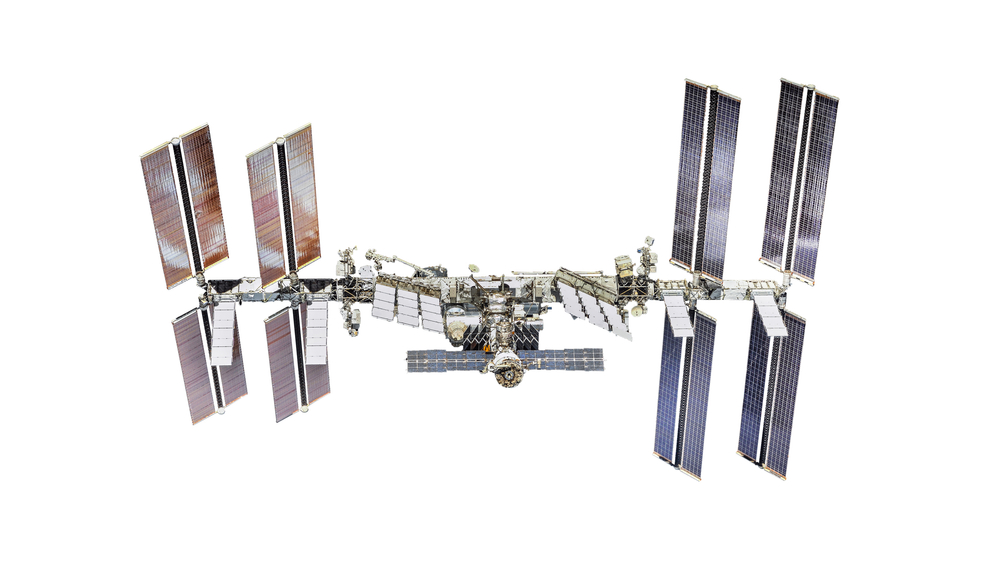
Space habitats are designed to provide a safe and sustainable living environment for astronauts. These habitats integrate life support systems, radiation shielding, and modular construction for easy expansion. Advanced materials and engineering ensure the durability and functionality of space habitats. This technology is essential for long-term missions and potential colonization efforts.
Onboard Data Processing
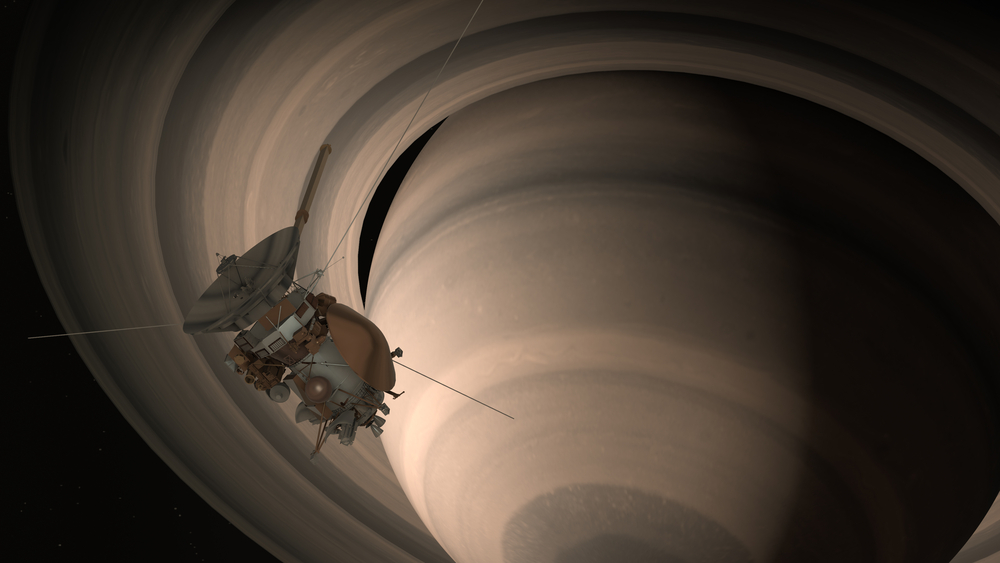
Onboard data processing systems allow spacecraft to analyze and interpret data in real time. This capability reduces the necessity for constant communication with Earth, enabling quicker decision-making. Advanced processors and algorithms ensure efficient data handling and analysis. This technology is vital for autonomous operations and the success of complex missions.
This article originally appeared in MyCarMakesNoise.
More from MyCarMakesNoise
25 Most Expensive Cars in the World

Embarking on a journey through the echelons of automotive luxury and performance, we delve into an exclusive realm where cars transcend ordinary functionality to become benchmarks of engineering excellence and opulence. Read More.
20 Lightning-Fast Trains from Around the Globe

Discover the world’s fastest trains that redefine travel as we know it. From cutting-edge technology to breathtaking speeds, these marvels of engineering are revolutionizing transportation. Read More.
25 Concept Cars That Paved the Way for Modern Vehicles
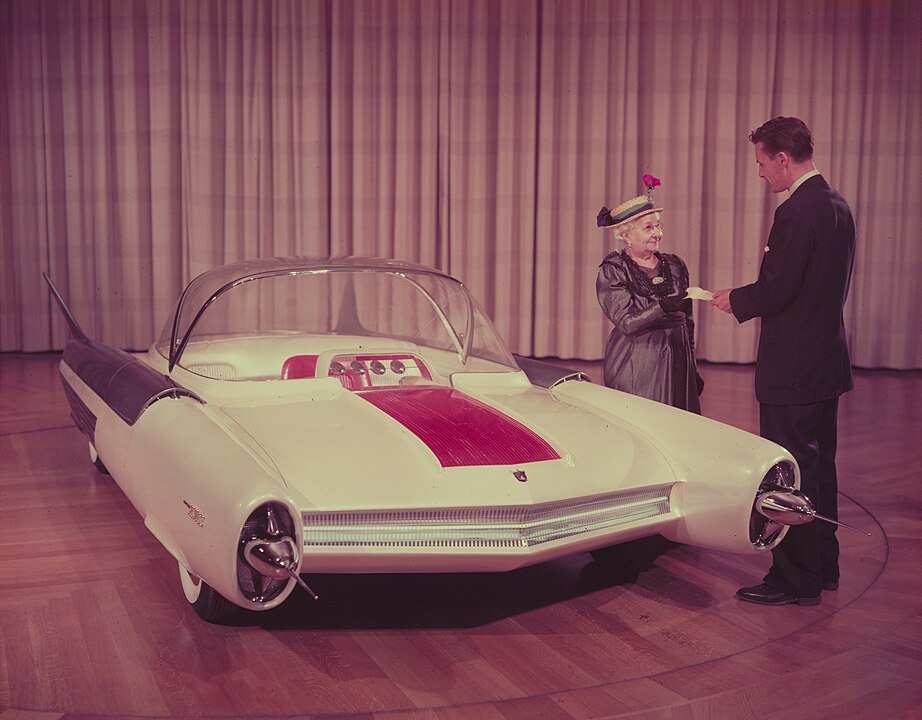
Concept cars are more than just futuristic designs; they’re glimpses into the future of automotive innovation. These 25 concept cars were ahead of their time, introducing groundbreaking features and technologies that have shaped the vehicles we drive today. Read More.



